The Myrtle Rust Risk Prediction platform is here! A massive inter-agency effort has resulted in the first digital tool that allows for the prediction of myrtle rust risk on a site-by-site basis.
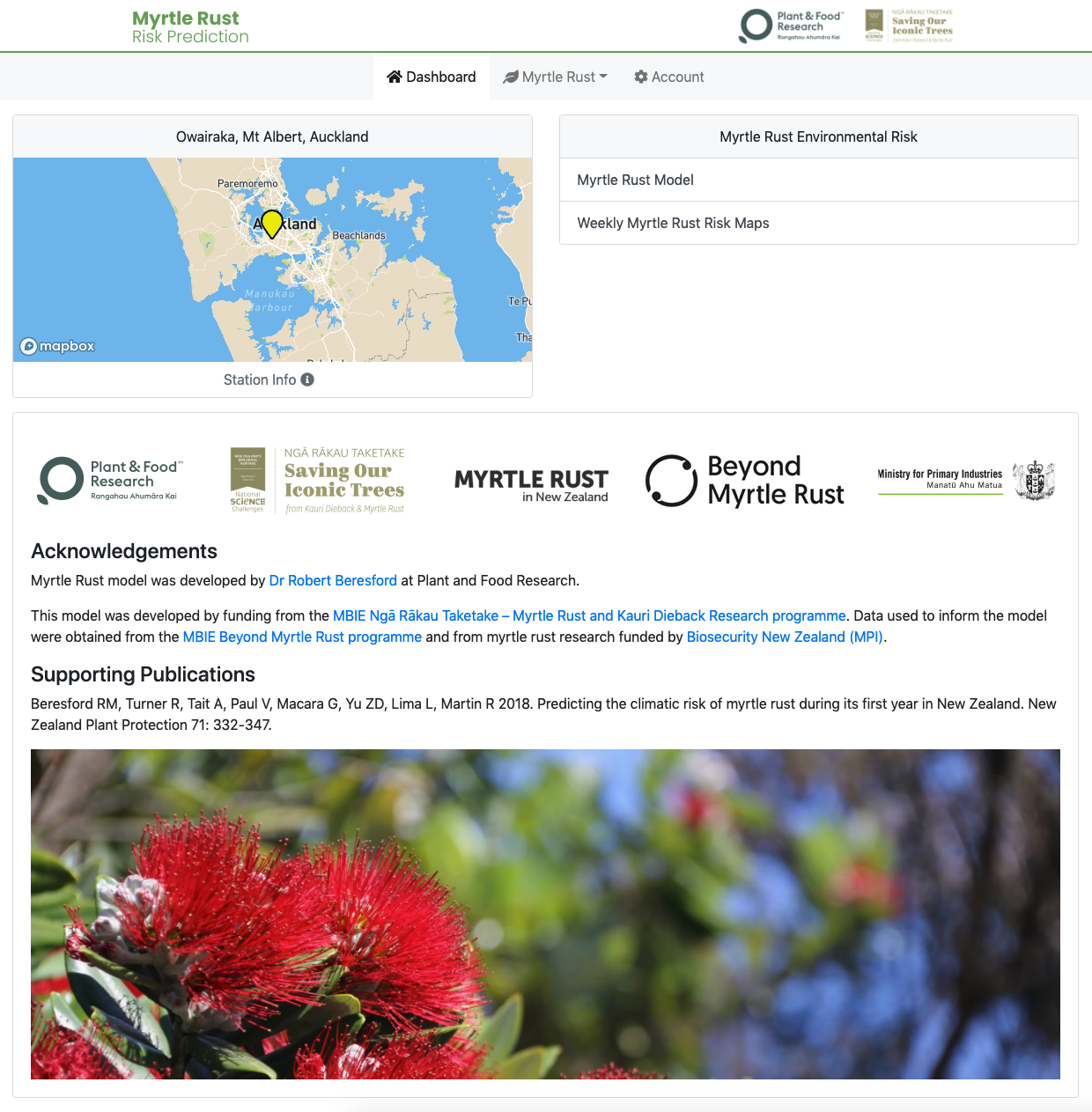
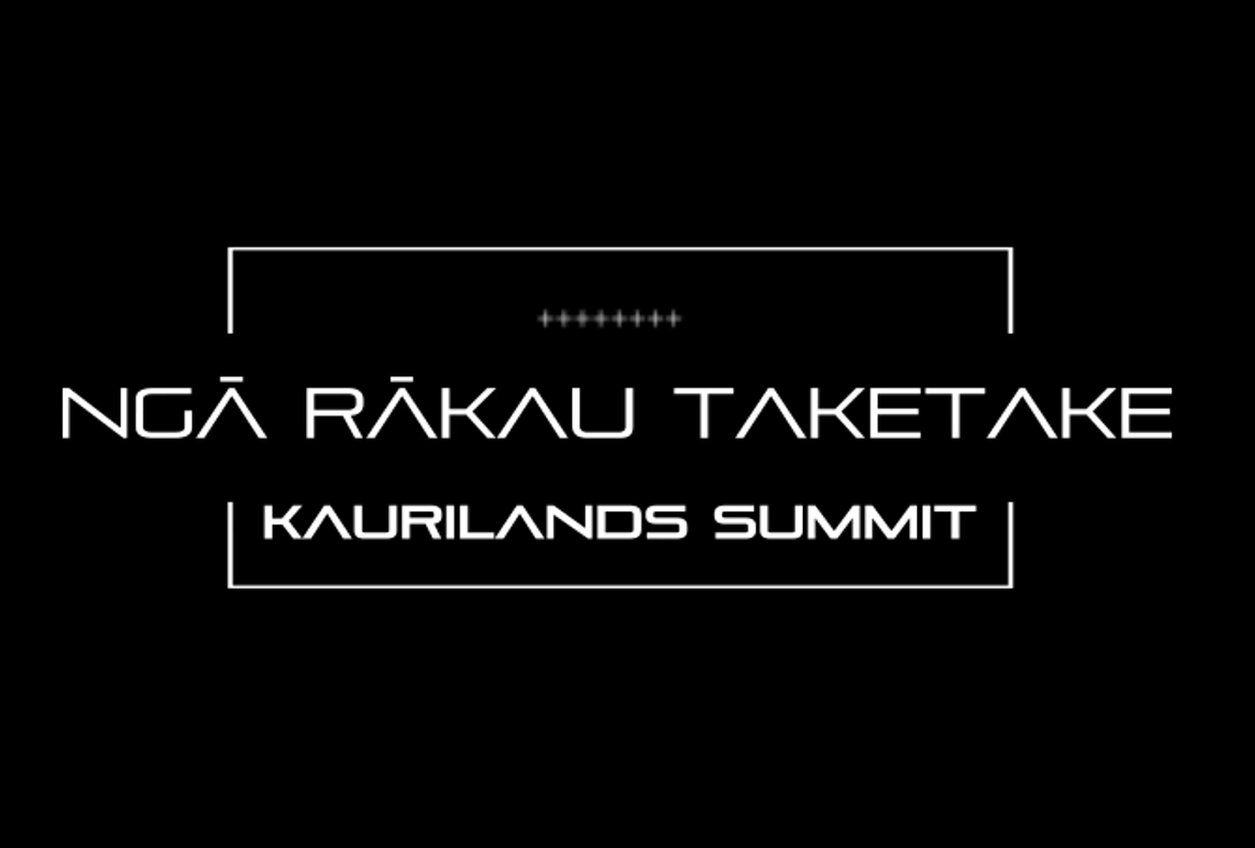
Communicating our research through video
We are excited to announce that each of the seven Ngā Rākau Taketake research themes now has a video that highlights and showcases our important work.
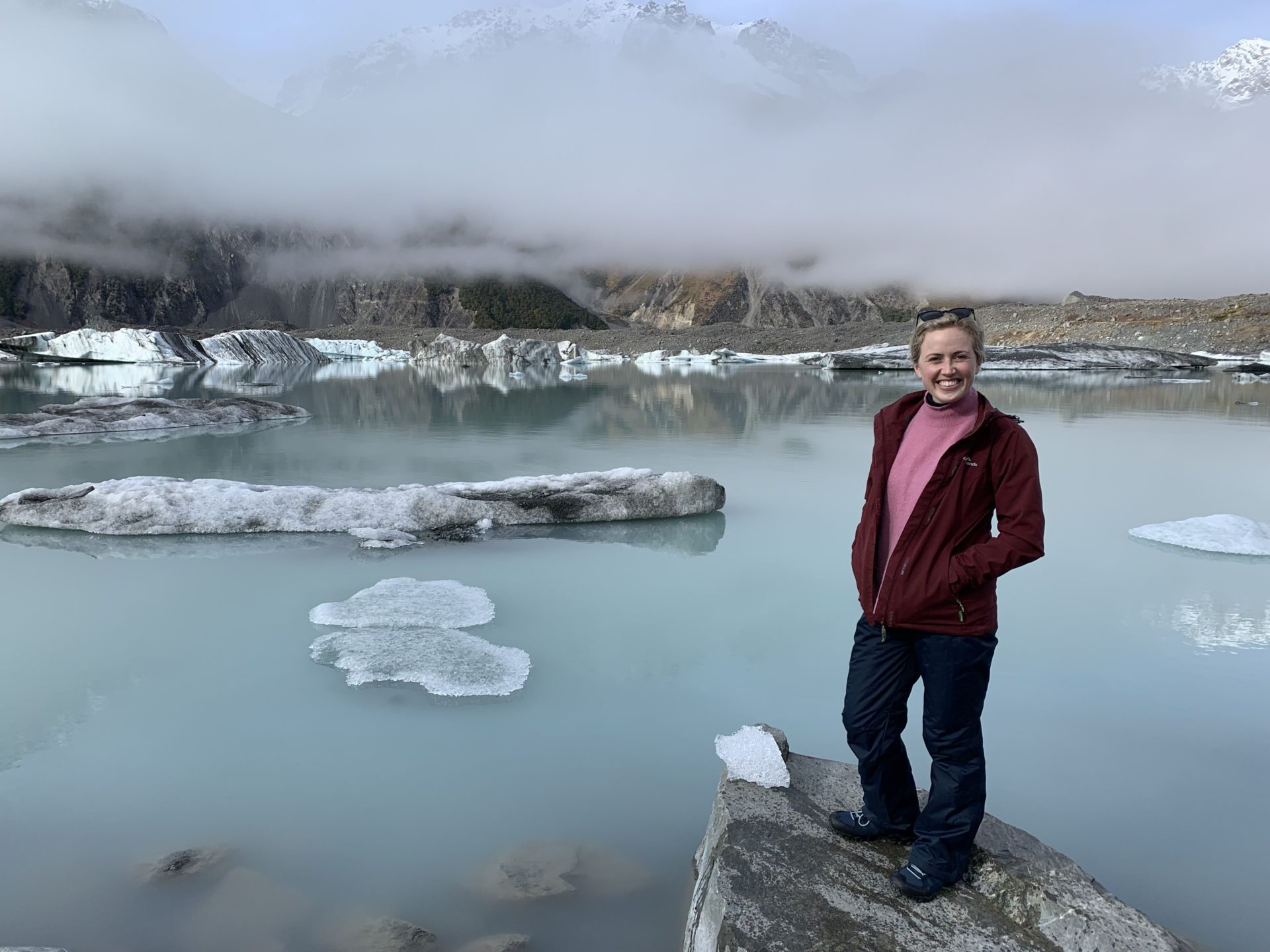
Bringing impact to the fore at Eco-index
Penny Payne has joined the BioHeritage whānau as co-lead of the Eco-index programme. Find out more about her and what she brings to the team.
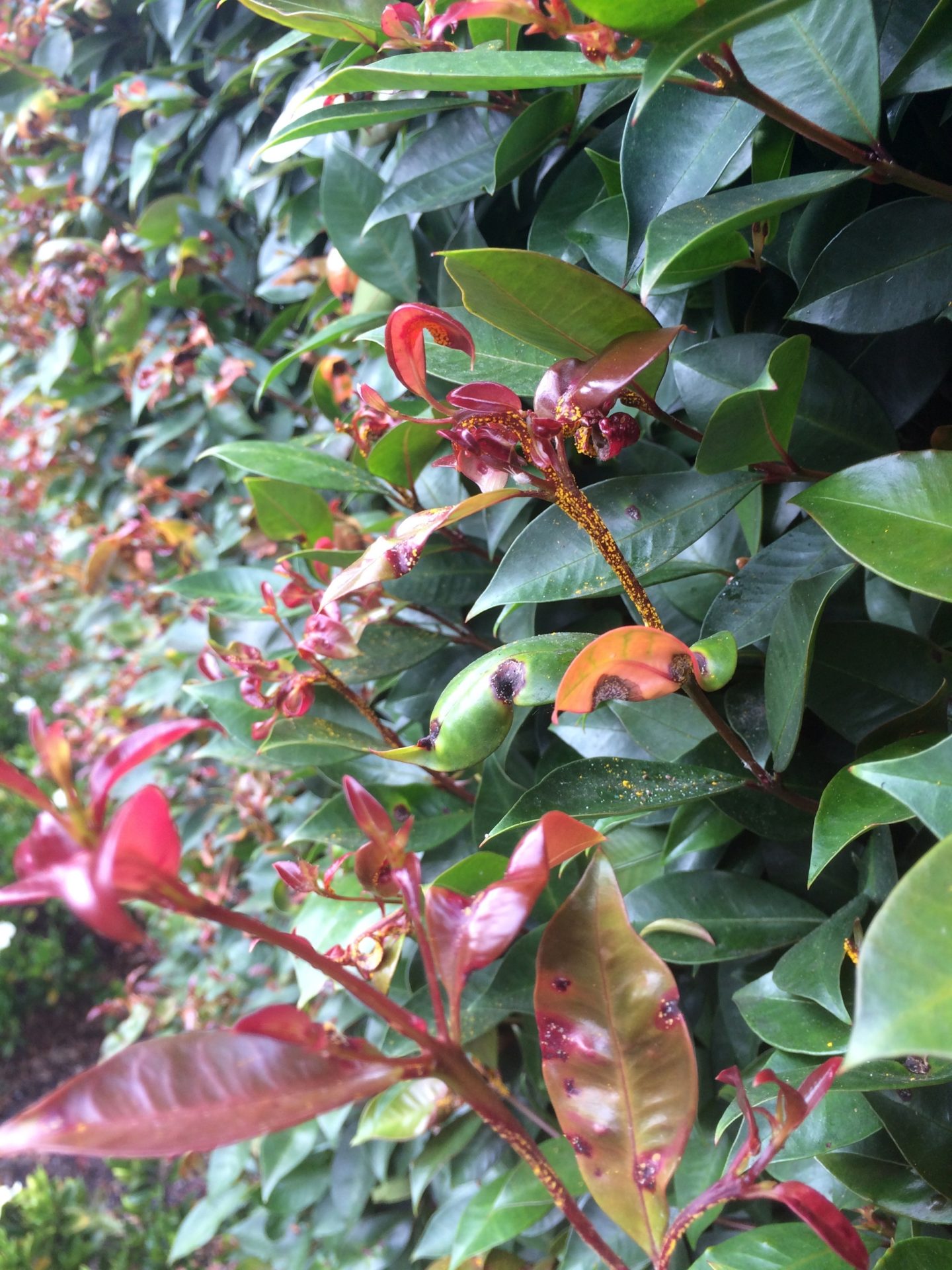
What’s in a name? Demystifying lilly pilly hedges
Every winter, Beyond Myrtle Rust asks gardeners to prune their lilly pilly hedges to help prevent the spread of myrtle rust, a deadly plant disease caused by the fungus Austropuccinia psidii. New growth encouraged by pruning is less likely to be infected by A. psidii in winter.

Relational values provide common ground and expose multi- level constraints to cross- cultural wetland management
The Challenge is pleased to be able to support Corinne Bataille in her ongoing commitment to working with tangata tiaki and growing valuable social-ecological research capacity in Aotearoa New Zealand.
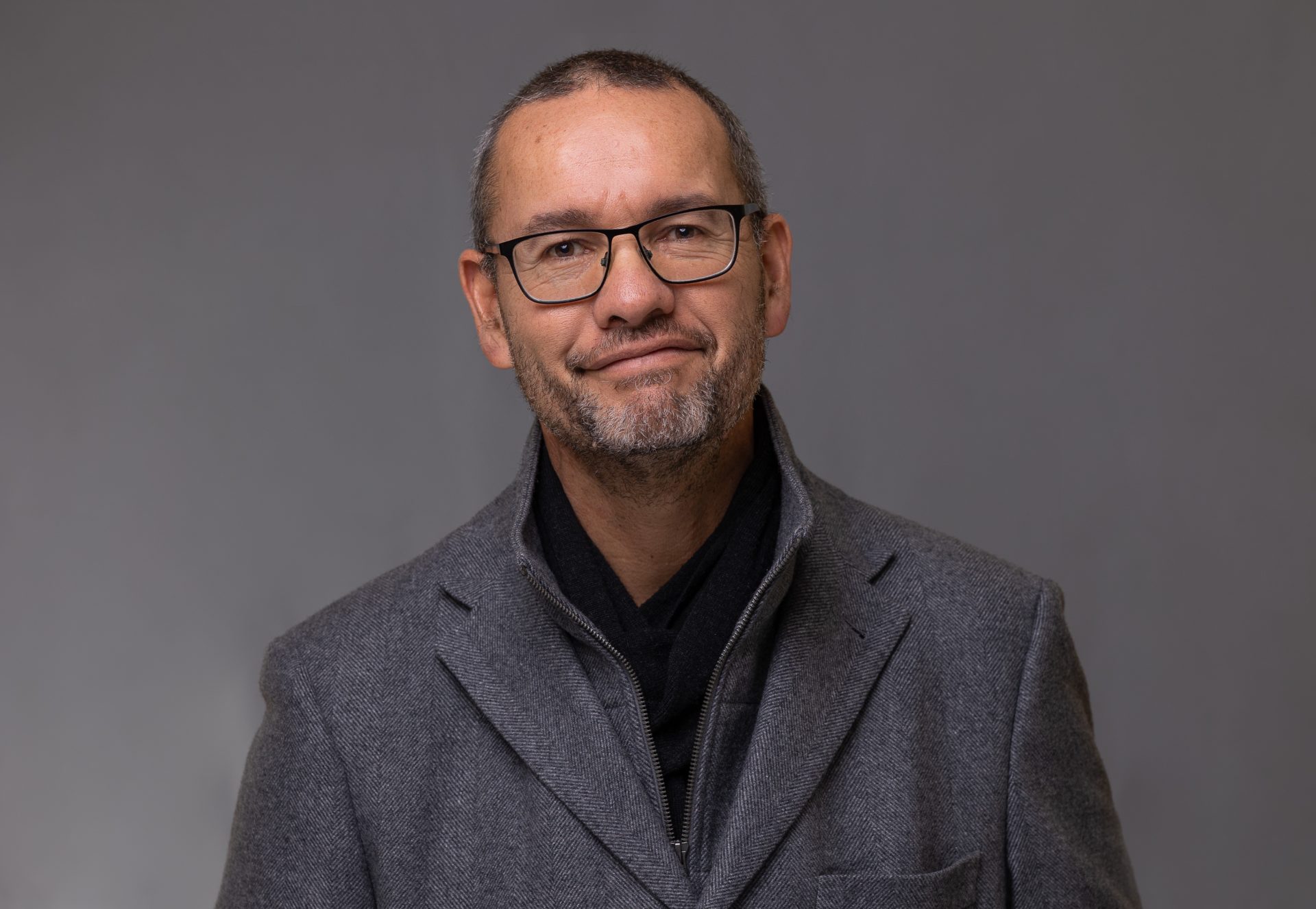
Get to know Kaihautū Ngātahi Professor Shaun Ogilvie
The Challenge’s new Co-Director was drawn to the role by a desire to play a part in research that is guided by Te Tiriti o Waitangi.
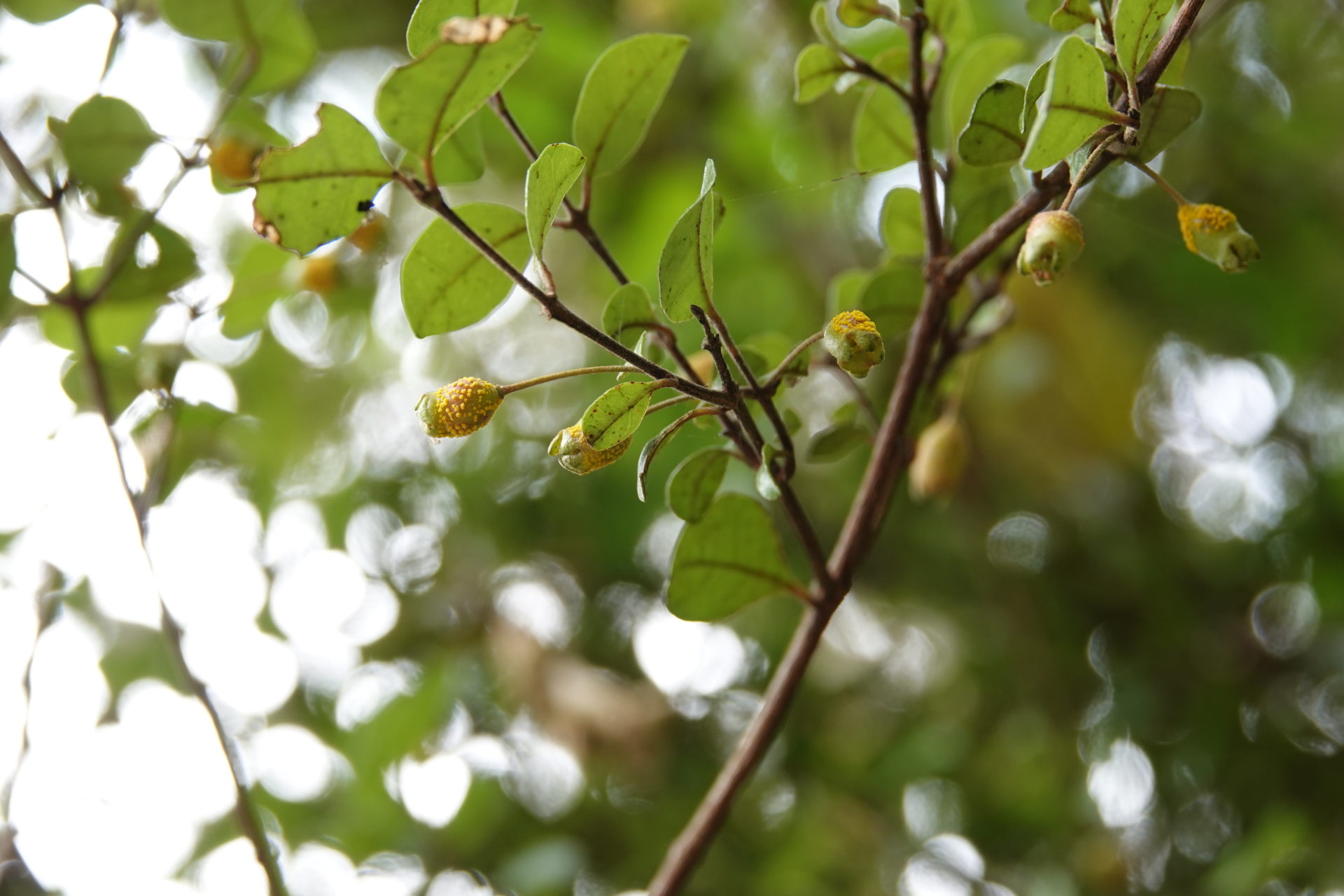
New co-lead for Host, Pathogen & Environment
The Challenge is pleased to share that Dr Nari Williams is confirmed as the new co-lead for Theme 6: Host, Pathogen & Environment.
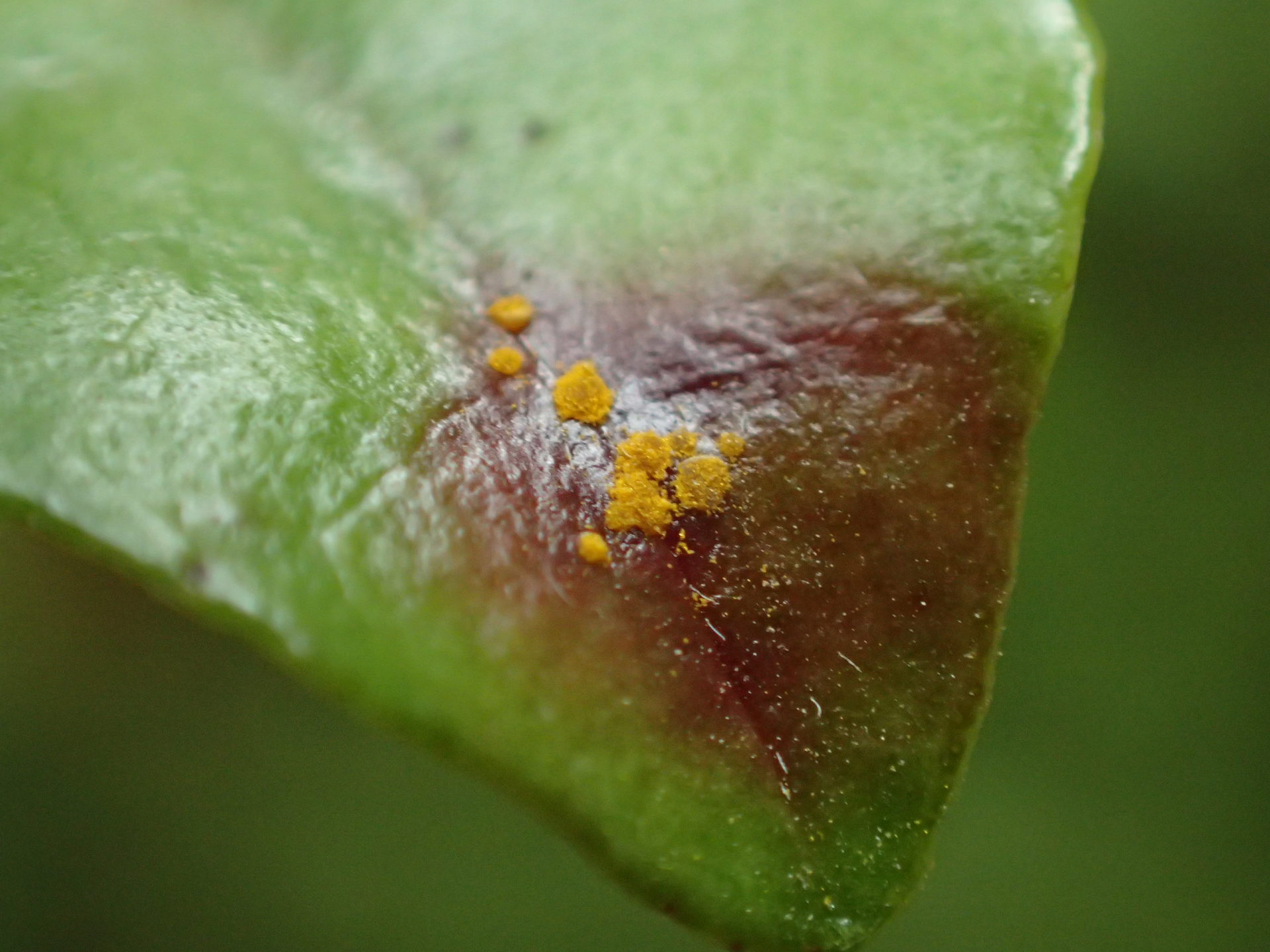
Myrtle rust found on Aotea
The myrtle rust pathogen has been discovered on a pōhutukawa seedling on Aotea Great Barrier Island.

Better Border Biosecurity (B3) funds new projects to protect Aotearoa’s plants
Better Border Biosecurity (B3) has announced $1.6 million in funding for new research projects.
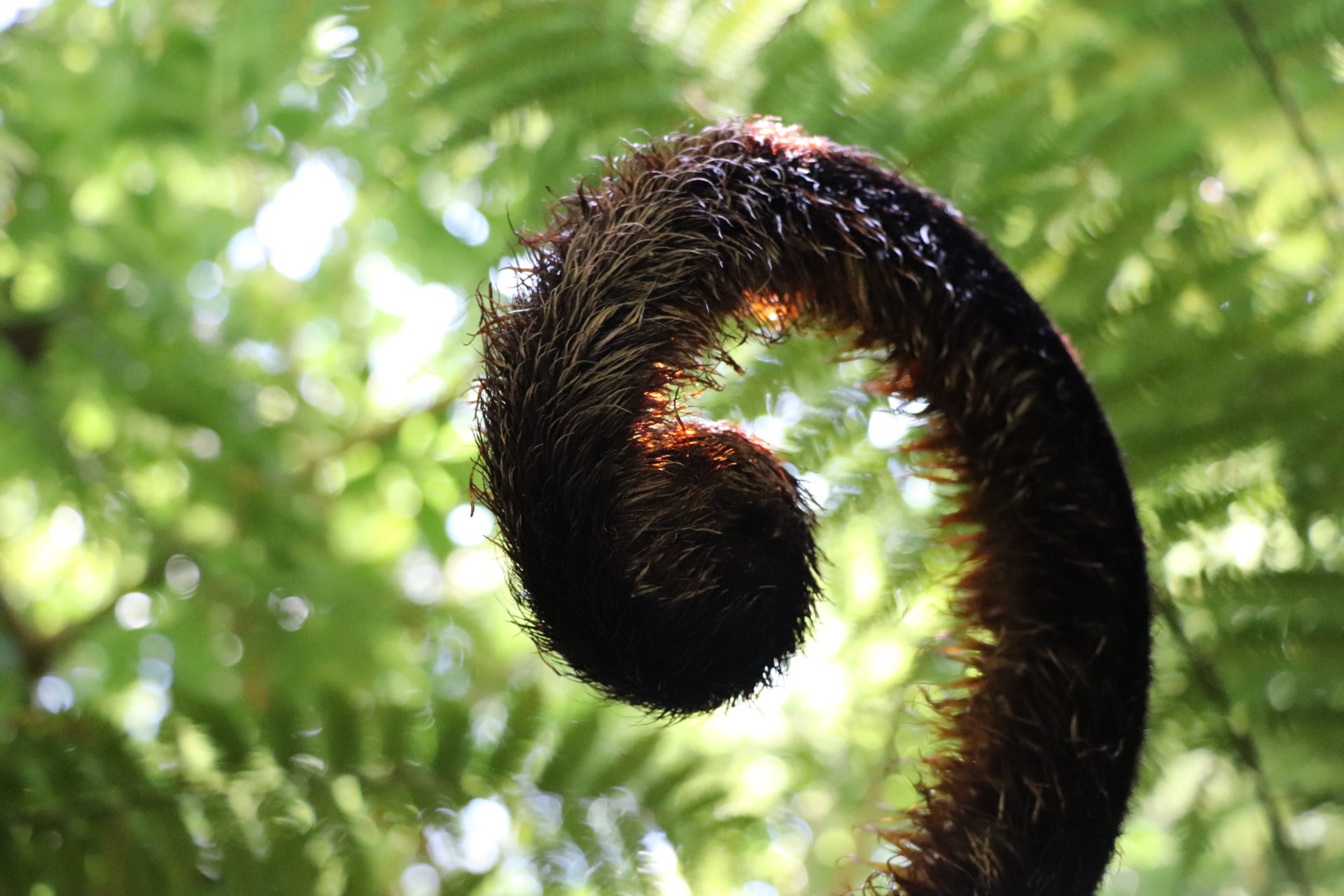
Connected to the Science Advisory Panel
The newly formed Science Advisory Panel for the Ministry for the Environment’s Chief Executive has strong links to Biological Heritage, with three of its seven members having connections to the Challenge.